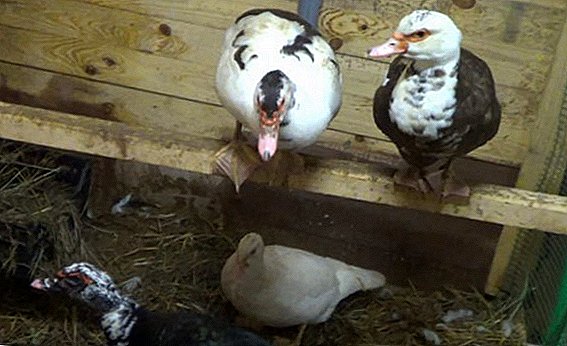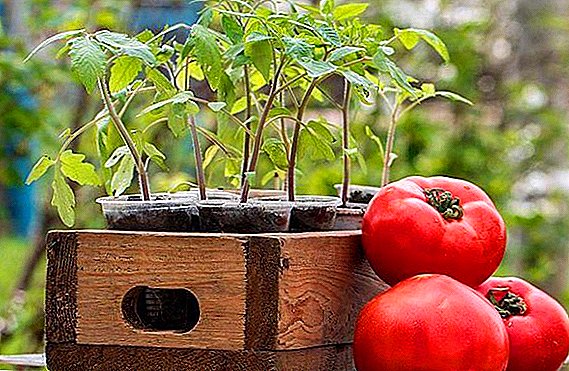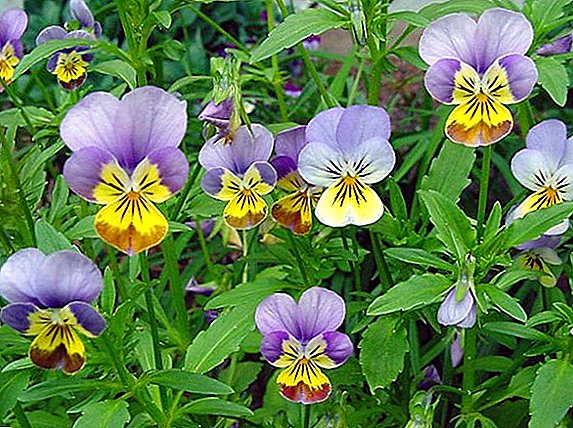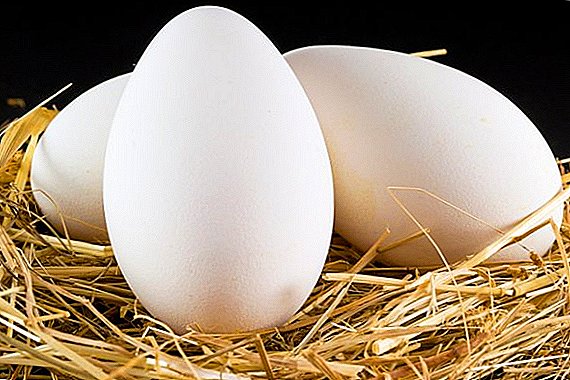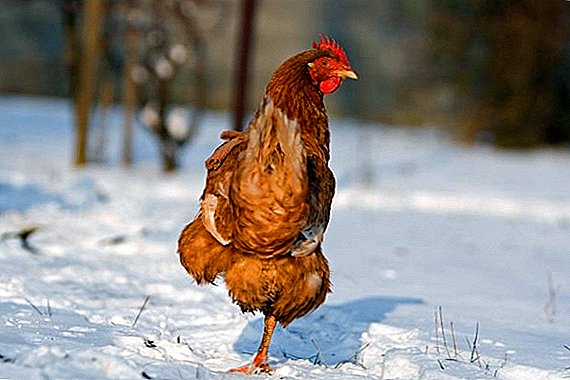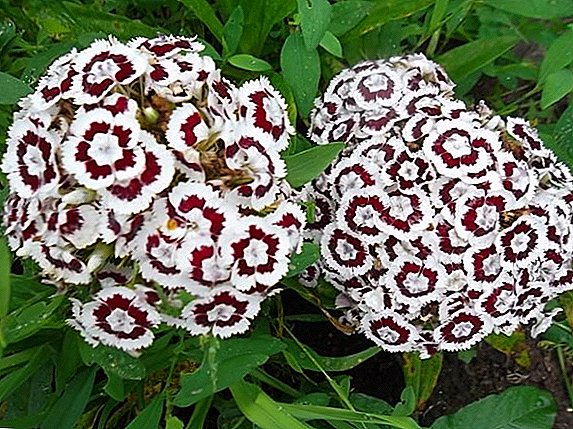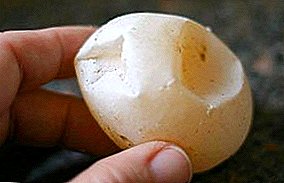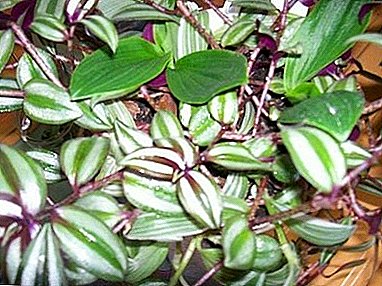
Plants Tradescation is a permanent resident of almost any greenhouse, flower growers appreciate this flower for its unusual color and ease of maintenance.
"Tradescation" captivates with the beauty and uniqueness of the color of leaves.
History of origin
In the distant seventeenth century, the English King Charles I served as chief gardener John Tradescan., in combination - a researcher and traveler. At that time, the recently discovered continent of America was actively studied, and a huge number of unknown plants in Europe required classification and naming.
Among this variety, John's attention was attracted by the unattractive, creeping plant from the rainforest. It did not have beautiful flowers, but was distinguished by unpretentiousness and rapid growth.
Tradescan realized that this plant has remarkable prospects and seriously approached its cultivation and cultivation.
Among the many indoor plants, few people will recognize this plant and will not call it by name, remembering it - gardener Tradeskana.
Plant description
 Anyone who sees this plant will immediately understand why they called him that and what he has in common with this elegant animal.
Anyone who sees this plant will immediately understand why they called him that and what he has in common with this elegant animal.
These are light stripes on a dark background.
Silvery stripes enveloping the central vein and leaving the edge dark are decorated with an elongated ovoid leaf.
The color of the leaf is unusual, from dark green with a purple tinge to purple, through purple. The bottom of the sheet is necessarily colored, green shades appear only on the outside with a lack of lighting. Flowers "Zebrins" lilac or purple, small, axillary, but look very cute.
Stems are colored, without pubescence, up to 80 centimeters in length, falling. This is his charm. Among the ampelous plants, there are no equal “Zebrines”. Only popular plants are assigned folk names, Tradescantia also has them, call it "Babi Gossip" and "Tiffers' Language", and there is nothing wrong with these names, they accurately reflect the size of the falling cascade.
The video provides a detailed description of the vine "Tradescantia Zebrina":
A photo





Home care
Actions after purchase
In the store we buy a young bush, as a rule, actively flowering. In preparation for the sale of his fed with the addition of stimulants to cause abundant flowering.
Important! Excessive stimulation weakens the plant.
At first, do not feed your “Tradescantia”. Let her rest and adapt in the new environment.
Pruning
 "Zebrin" perfectly tolerates pruning.
"Zebrin" perfectly tolerates pruning.
It is necessary for the plant, if the shoots are too long. Pruning stimulates branching.
You can rejuvenate the plant by removing the shoots; the young will grow quickly and can bloom abundantly.
The cut parts of the plant are excellent planting material.
Transfer
Often the plant from the store "sits" in a nondescript and small container. A few weeks after purchase, it can be transplanted into a more suitable dish. It should be 2 or 3 centimeters freer than before, wide and shallow.
Soil can be bought in the store or cook from 1 part of humus, 2 parts of sod or garden soil and 1 part of sand. Do not forget about the hole in the bottom of the pot and the drainage layer at the bottom.
Important! Stagnation of water in the pot leads to the death of the plant due to rotting of the roots.
Zebrina is growing very fast and aging. The plant in 3 or 4 years begins to lose its appearance, "bald" at the base of the shoot. It needs to be rejuvenated by circumcision to the level of the soil, or simply replaced by young.
Landing
For planting, pick up a medium-sized pot, wide and shallow - the roots of the Tradescantia grow close to the surface. Ceramic pots are the best for the plant; they carry air and water well. Plastic pots of these useful qualities do not have and loosening the soil they need to be made more often.
 "Tradescantia" is not particularly demanding on the quality of the soil, but prefers light, fertile soil.
"Tradescantia" is not particularly demanding on the quality of the soil, but prefers light, fertile soil.
Soil can be bought in the store.
For home soil preparation, 1 part of humus, 2 parts of garden or sod land and 1 part of sand are required.
Do not exceed the amount of organicIt is very pleasant to see the “Zebrina” in excellent condition, but when it is overfed with humus, it may become darker and become greener when overfed.
"Tradeskantsiya" extremely prizhivchiva, cuttings and tops rooted in a few days. You can plant them immediately to a permanent place for 6 or 8 cuttings and tops in one pot. After watering, you can cover the plants with a plastic bag, creating a greenhouse effect, rooting will be easier, but shading is enough for Tradescantia.
The video contains recommendations for planting the plant "Tradescantia Zebrina":
Breeding
Seeds
"Zebrina" well propagated by seeds. You can sow them immediately in pots of 8-10 pieces. Pots can be covered with foil or glass before germination. Young plants do not need to stand in direct sunlight - let them first get stronger.
Vegetative
Perfectly rooted cuttings and tops at Tradescantia. You can plant parts of the plant immediately to a permanent place. A few days later the roots grow from the internodes and the plant begins to grow rapidly.
Watering and feeding
 “Tradescantia” tolerates drought well, but the leaves are shrinkingIt is better to water it in a timely manner, as the topsoil in the pot dries.
“Tradescantia” tolerates drought well, but the leaves are shrinkingIt is better to water it in a timely manner, as the topsoil in the pot dries.
Excess she does not like. Watering can be alternated with spraying and loosening.
"Zebrina" responsive to feeding, shoots grow strong, and the leaves become larger.
Every 2 weeks, from March to September, “Tradescantia” should be fed with complex mineral fertilizers for indoor plants.
When wintering in a cool room, top dressing is not performed, watering “Tradescantia” occurs less frequently, since evaporation decreases.
Lighting
“Tradescantia Zebrin” well tolerates a bright light, it is not afraid of direct sunlight, the leaves are a little shallow, but become much brighter. Shading plant tolerates well, in the color of the sheet appears more green shades that does not spoil the appearance.
Temperature
Everyone knows the unpretentiousness of "Zebrins", it does not need a period of rest. If it is warm in your house in winter, it is good not only for you, but also for your plant.
Find more nuances about home care and the beneficial properties of the Tradescantia houseplant here.
Diseases and pests
Tradescantia has no diseases. Unpleasant appearance changes are due to content errors.
Thrips, aphids, or scutes can live on a Zebrin. When watering, inspect the leaves and if pests are found, treat the plants with pesticides for houseplants, following the instructions for the preparation.
Harm and Benefit
 "Tradescantia Zebrin" can not cause troubleThe plant is not poisonous and does not have spines or spines.
"Tradescantia Zebrin" can not cause troubleThe plant is not poisonous and does not have spines or spines.
Due to its decoration, "Zebrin" is able to elevate any interior.
Not every houseplant so well fit into the landscape design.
In winter, the street "Tradescantia" diesbut it multiplies very easily and grows so fast that in May you can observe its lush whips on flowerbeds and various curly design incarnations.
Separately, it is necessary to note the healing properties of "Zebrin Tradescan". Folk healers of America widely use this plant along with the legendary aloe. Most of their healing properties are common, but aloe does not contain insulin-replacing substances, and Zebrina has enough of them to treat diabetes.
"Tradescantia Zebrin" has long been widely known. She is so firmly established in the houses and fell in love with the flower growers that it is already impossible to imagine houses and parks without her.


